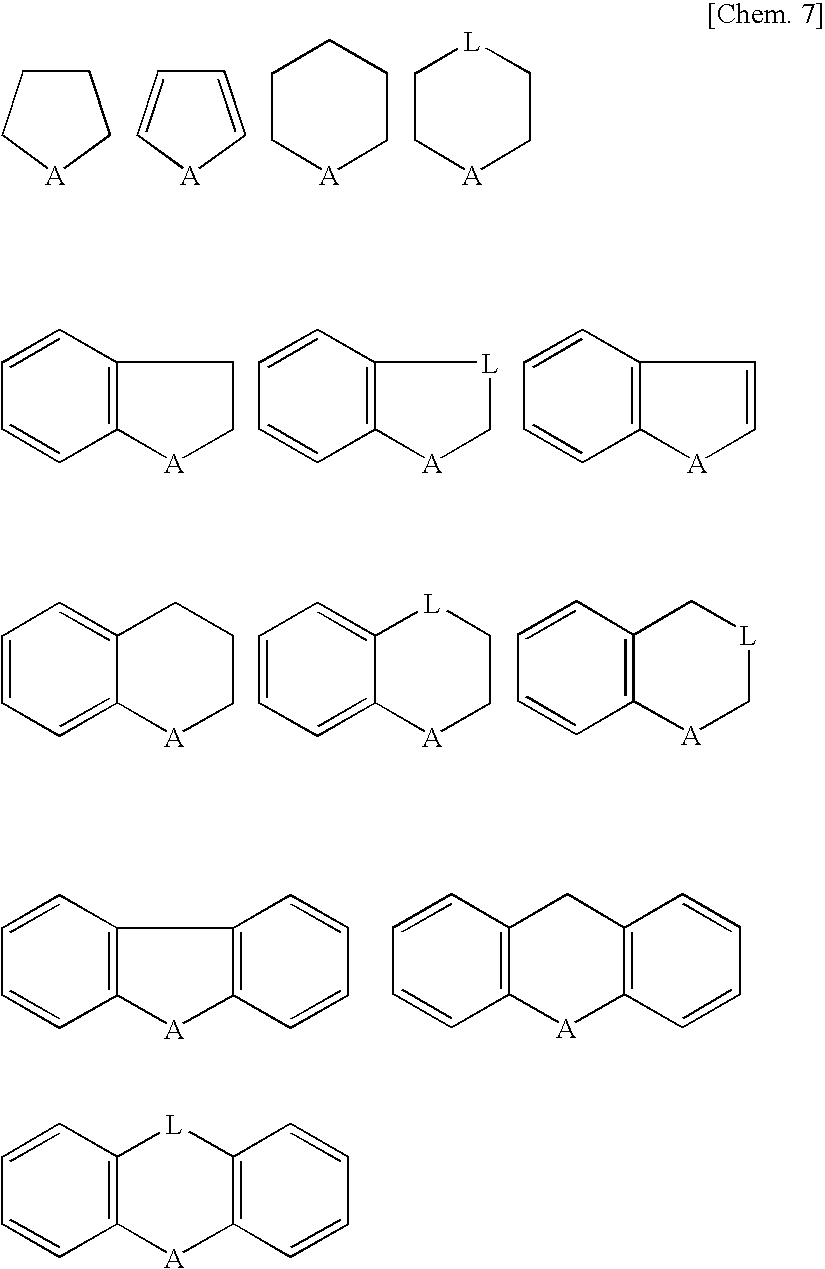Novel Fluorinated Alkyl Fluorophosphoric Acid Salts of Onium and Ttransition Metal Complex
a technology of fluorinated alkyl fluorophosphoric acid and onium, which is applied in the direction of group 5/15 element organic compounds, iron group organic compounds without c-metal linkages, etc., can solve the problems of poor polymerization initiation capability, application of cationic polymerization initiators containing asfsub>, and poor solubility of salts, etc., to achieve excellent curability, excellent solubility, and excellent safety and anti-contamination
- Summary
- Abstract
- Description
- Claims
- Application Information
AI Technical Summary
Benefits of technology
Problems solved by technology
Method used
Image
Examples
preparation example 1
Preparation of Potassium Tris (Pentafluoroethyl) Trifluorophosphate
[0116] Tris (pentafluoroethyl) difluorophosphorane (gas chromatographic purity: 97%; yield: 72%) was synthesized by electrolytic fluorination of triethyl phosphine according to U.S. Pat. No. 6,264,818.
[0117] Then, 18.0 g of potassium fluoride and 600 ml of dimethoxy ethane were added, stirred and suspended in a 1-liter reaction vessel, and 119.0 g of the tris (pentafluoroethyl) difluorophosphorane obtained was added dropwise while keeping the temperature of the solution at 20 to 30° C. After stirring for 24 hours at room temperature, the reaction solution was filtered, dimethoxy ethane was evaporated from the filtrate under reduced pressure to obtain 136.0 g of white powder. This was identified to be potassium tris (pentafluoroethyl) trifluorophosphate by 19F and 31P-NMR.
preparation example 2
Preparation of Potassium Tris(heptafluoropropyl) Trifluorophosphate
[0118] Tris(heptafluoropropyl) difluorophosphorane (gas chromatographic purity: 89%; yield: 52%) was synthesized by electrolytic fluorination of tris-propyl phosphine according to U.S. Pat. No. 6,264,818.
[0119] Then, 18.0 g of potassium fluoride and 600 ml of dimethoxy ethane were added, stirred and suspended in a 1-liter reaction vessel, and 161.0 g of the tris(heptafluoropropyl) difluorophosphorane obtained were added dropwise while keeping the temperature of the solution at 20 to 30° C. After stirring for 24 hours at room temperature, the reaction solution was filtered, dimethoxy ethane was evaporated from the filtrate under reduced pressure to obtain 177.0 g of a white powder. This was identified to be potassium tris(heptafluoropropyl) trifluorophosphate by 19F and 31P-NMR.
example 1
Preparation of 4-(phenylthio) Phenyldiphenyl Sulfonium Tris (Pentafluoroethyl) Trifluorophosphate
[0120] After feeding a reaction vessel with 12.12 g of diphenyl sulfoxide, 9.3 g of diphenyl sulfide and 43.0 g of methanesulfonic acid and homogeneously mixing, 7.9 g of acetic anhydride was added dropwise. After 5 hours of reaction at 40 to 50° C., the reaction solution was cooled to room temperature. This reaction solution was added dropwise to a vessel containing 124.5 g of an aqueous solution with 20% in mass of potassium tris (pentafluoroethyl) trifluorophosphate, and extensively stirred at room temperature for 1 hour. The deposited yellow, somewhat viscous, oily product was extracted with 120 g ethyl acetate, the aqueous layer was separated, and furthermore, the organic layer was washed three times with 100 g of water. The solvent was evaporated from the organic layer, and the obtained yellow residue was dissolved by adding 50 g of toluene. In order to eliminate impurities, such ...
PUM
| Property | Measurement | Unit |
|---|---|---|
| temperature | aaaaa | aaaaa |
| temperature | aaaaa | aaaaa |
| temperature | aaaaa | aaaaa |
Abstract
Description
Claims
Application Information
 Login to View More
Login to View More - R&D
- Intellectual Property
- Life Sciences
- Materials
- Tech Scout
- Unparalleled Data Quality
- Higher Quality Content
- 60% Fewer Hallucinations
Browse by: Latest US Patents, China's latest patents, Technical Efficacy Thesaurus, Application Domain, Technology Topic, Popular Technical Reports.
© 2025 PatSnap. All rights reserved.Legal|Privacy policy|Modern Slavery Act Transparency Statement|Sitemap|About US| Contact US: help@patsnap.com



